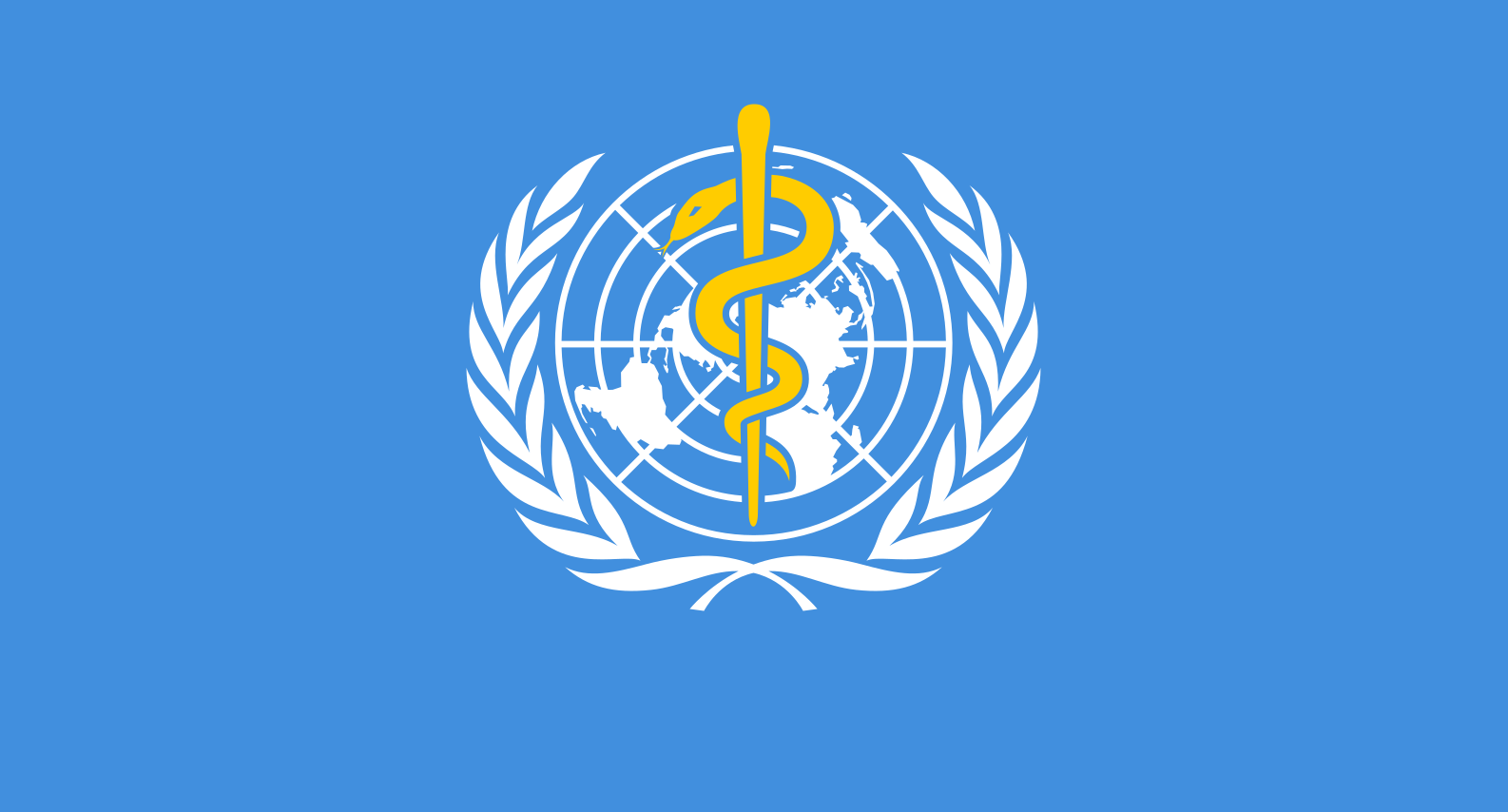 News
NewsThe Director-General of the World Health Organization (WHO) announced Wednesday that the coronavirus strain known as COVID-19 is now officially classified as a pandemic. The director also noted that although this distinction “does not change WHO’s assessment of the threat posed by this virus,” it should also be recognized that “we have never before seen a pandemic that can be controlled.”
WHO has previously avoided using the term “pandemic” in conjunction with COVID-19 throughout the various stages of the outbreak. The Director made a similar statement to the press just two days ago and avoided the term, referring to COVID-19 exclusively as an epidemic and outbreak. They justified this policy under the rationale that the word pandemic itself “can cause unreasonable fear, or unjustified acceptance that the fight is over, leading to unnecessary suffering and death.” However, WHO has grown “concerned both by the alarming levels of spread and severity, and by the alarming levels of inaction” and has decided to reverse this policy in the hopes that it will spark stronger action in the international community.
Although these terms have been colloquialized by the rest of the world, they provide a certain level of demarkation between various stages of a disease for international health officials. The Centers for Disease Control and Prevention (CDC) provides a road map for applying and differentiating between disease nomenclature.
An “Epidemic refers to an increase, often sudden, in the number of cases of a disease above what is normally expected in that population in that area.” The term epidemic often is used as the umbrella term for diseases that are rapidly spreading and may pose an unusually high risk either as a result of infection rate or severity. An “Outbreak carries the same definition of epidemic, but is often used for a more limited geographic area.” Outbreaks generally preceded wider epidemics or are a term used to identify only a portion of an epidemic. A “Pandemic refers to an epidemic that has spread over several countries or continents, usually affecting a large number of people.” A pandemic is generally the largest stage of an epidemic and as previously noted can often denote a disease that has grown beyond the ability to control it’s spread fully.
At this stage, there have been “118,000 cases in 114 countries, and 4,291 people have lost their lives.” (WHO’s map of confirmed COVID-19 cases). However, the director also noted that although “the number of cases of COVID-19 outside China has increased 13-fold, and the number of affected countries has tripled” the public should be careful to recognize that “just looking at the number of cases and the number of countries affected does not tell the full story.”
“Of the 118,000 cases reported globally in 114 countries, more than 90 percent of cases are in just four countries (China, South Korea, Iran, and Italy), and two of those—China and the Republic of Korea—have significantly declining epidemics.” It should also be recognized that although the situation is very serious “81 countries have not reported any cases, and 57 countries have reported 10 cases or less”
WHO also was very clear that although we cannot ignore the seriousness of COVID-19’s status as a pandemic, it is not to late for countries and international communities to combat its spread. “We cannot say this loudly enough, or clearly enough, or often enough: all countries can still change the course of this pandemic.”

